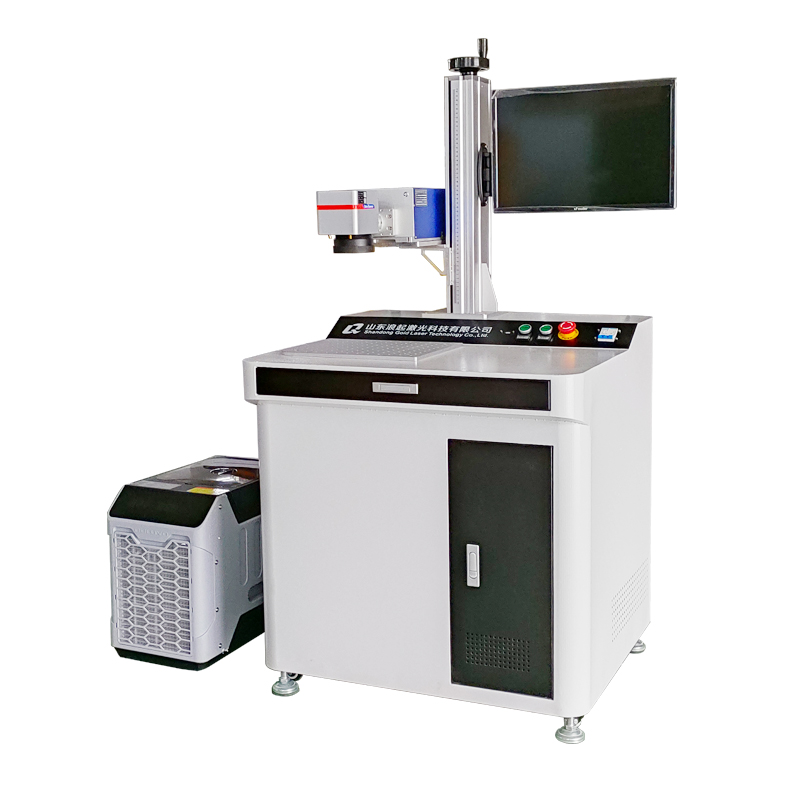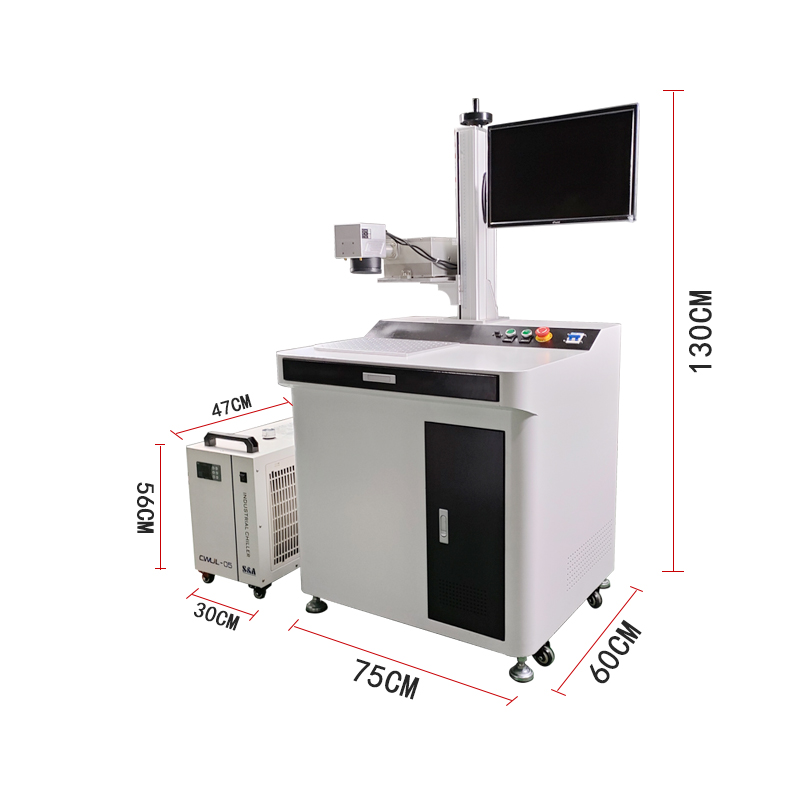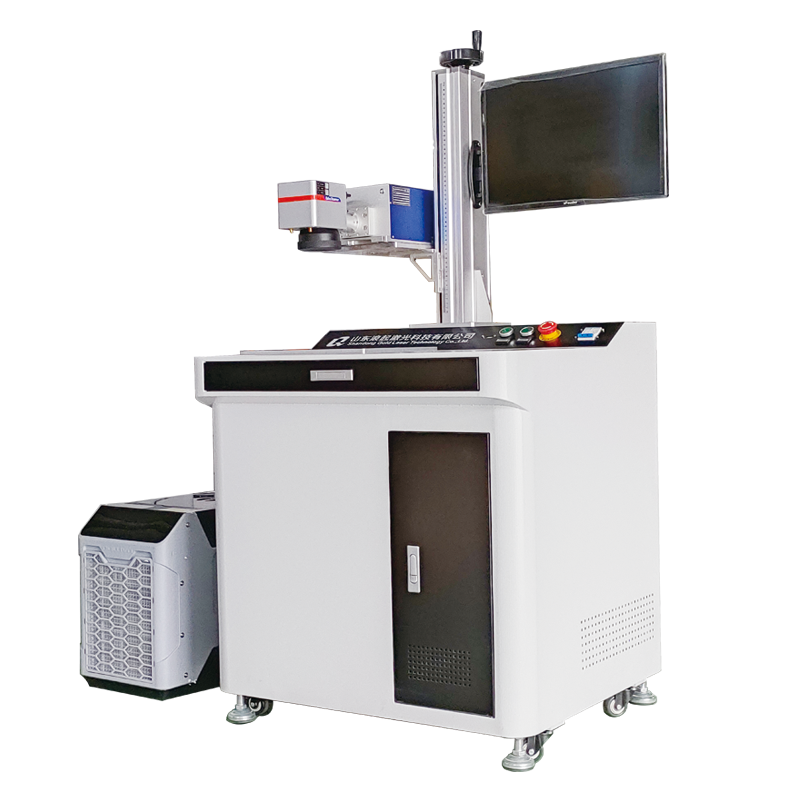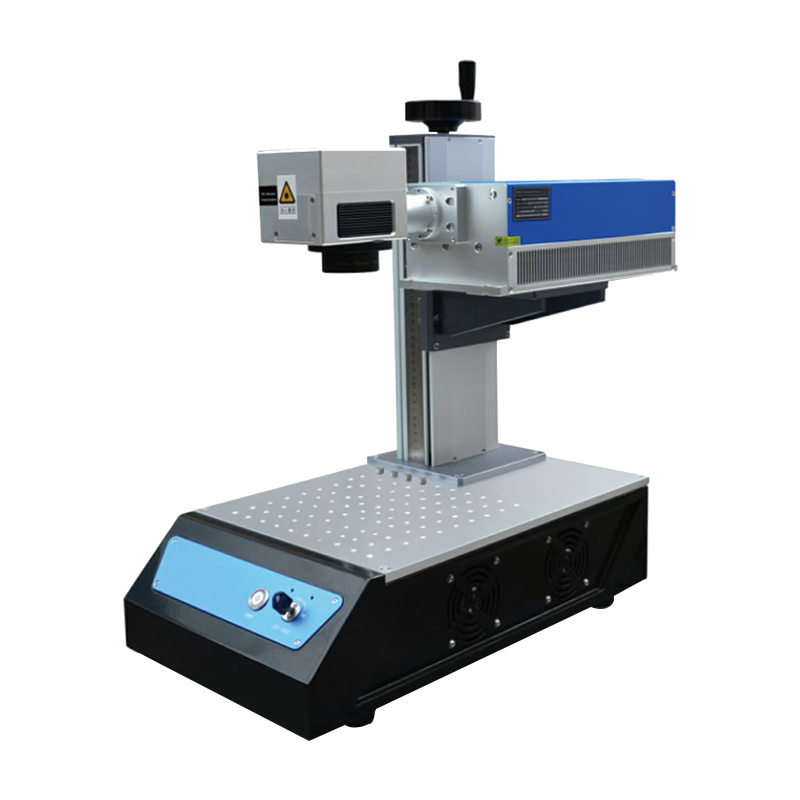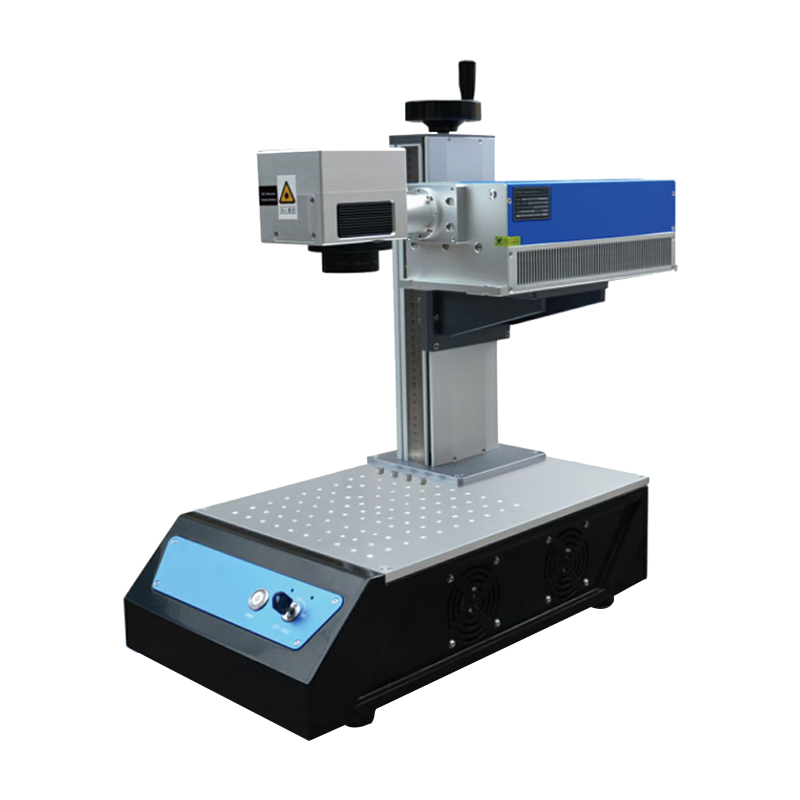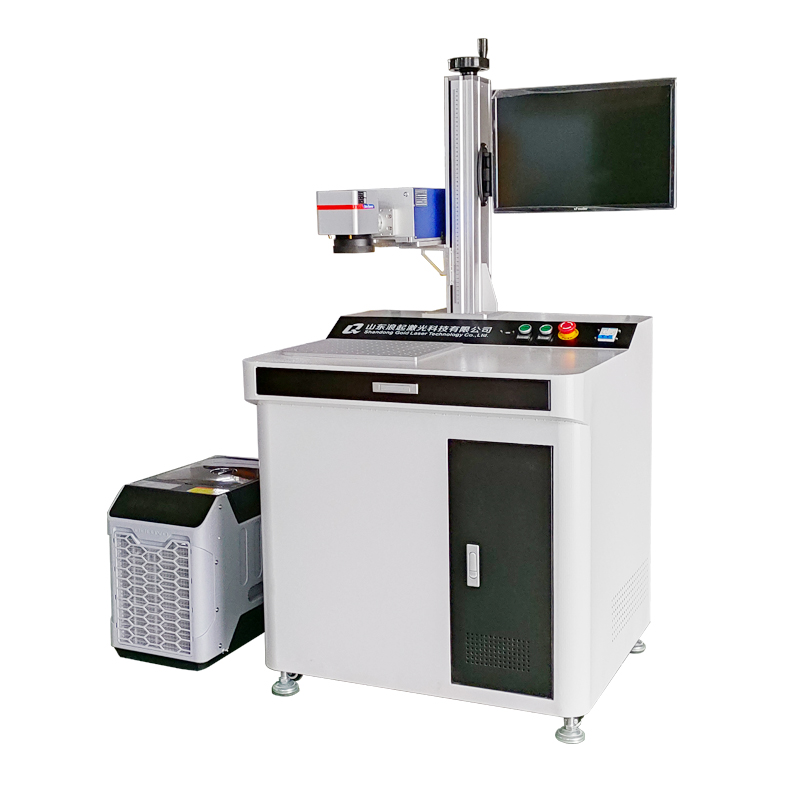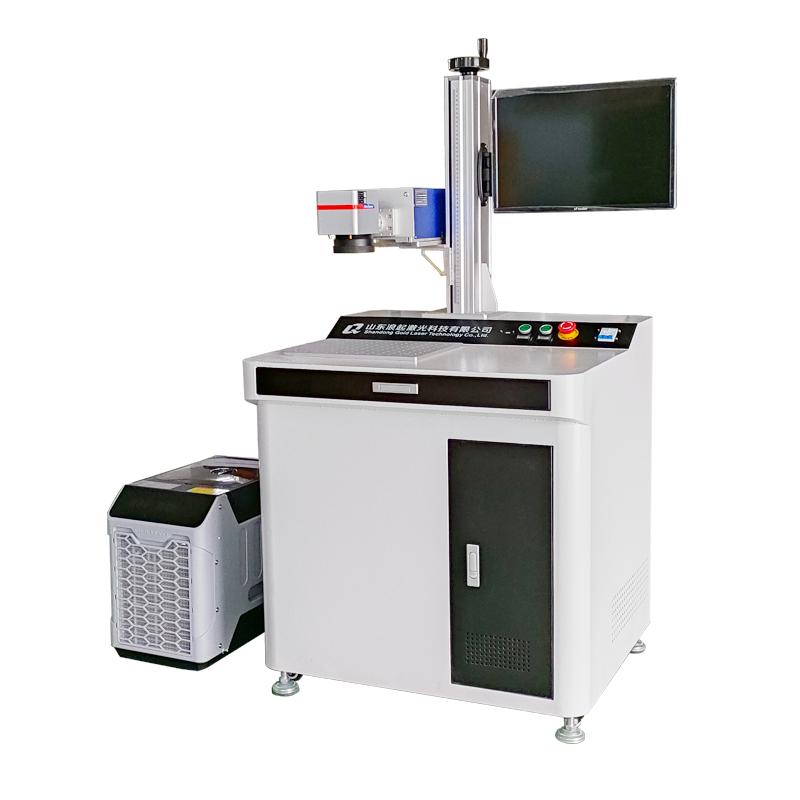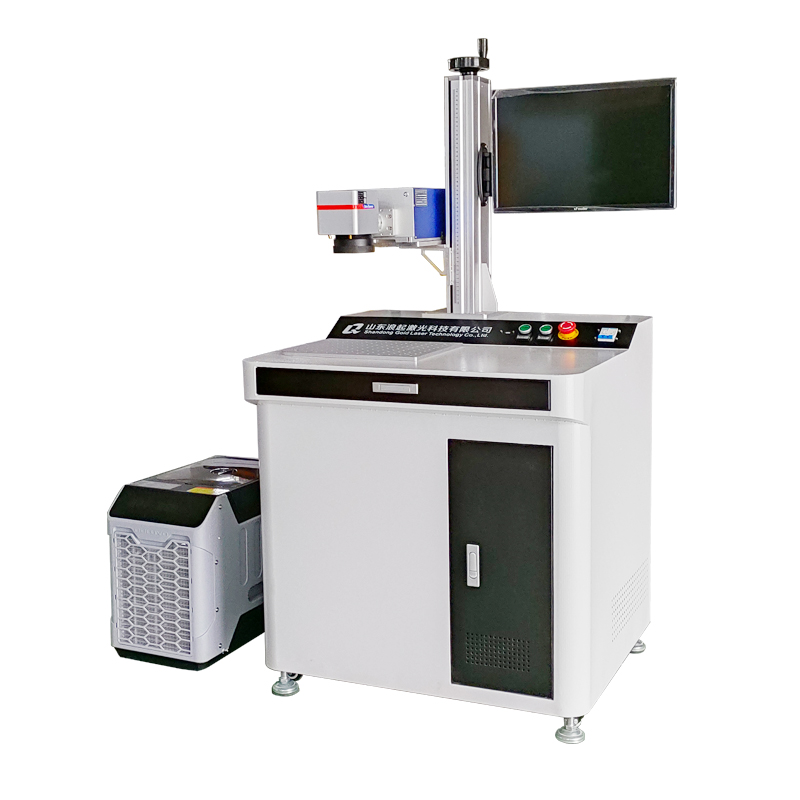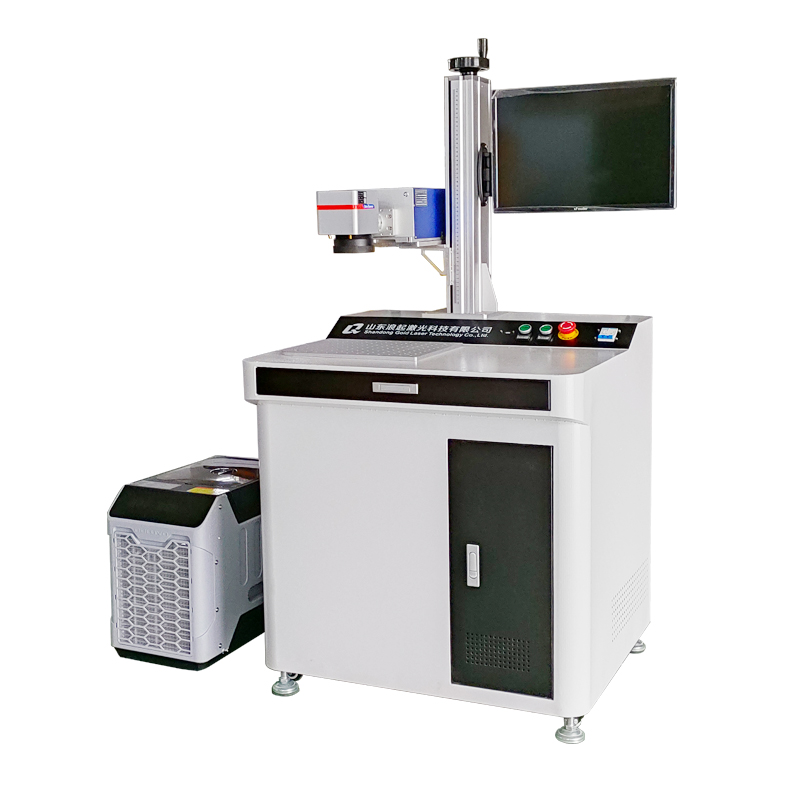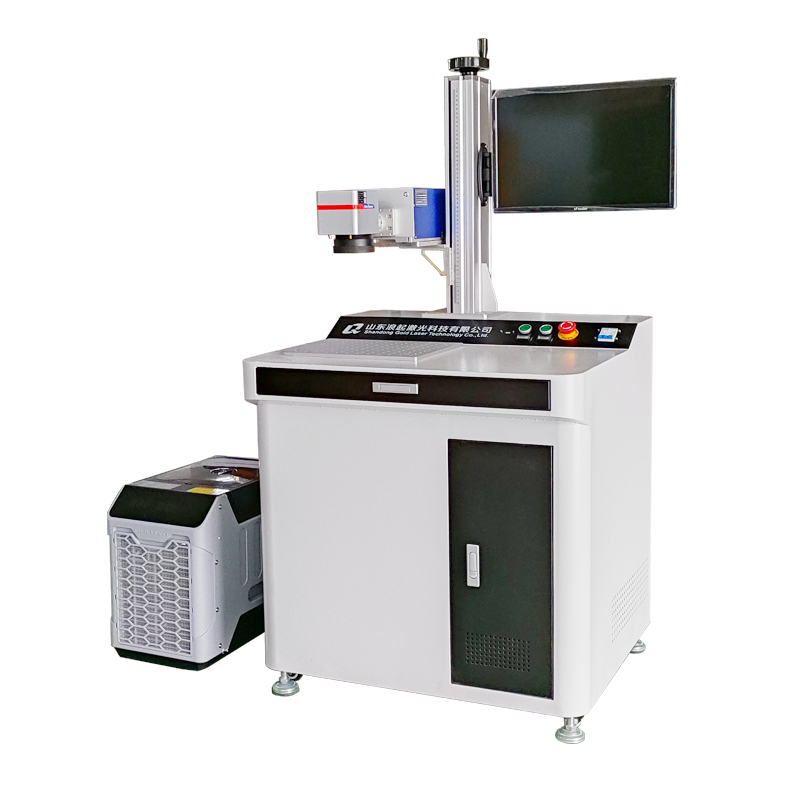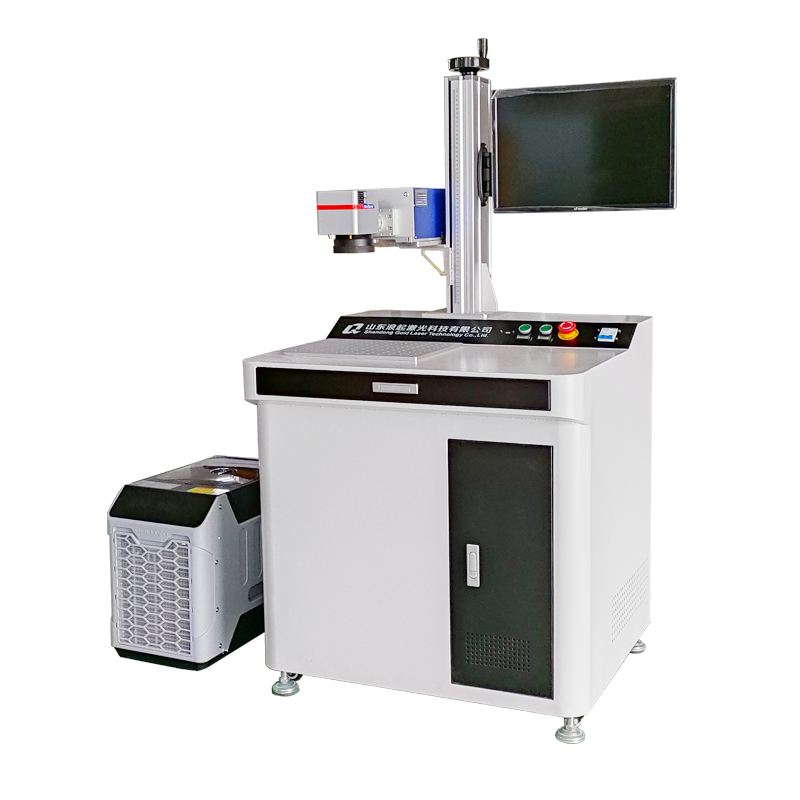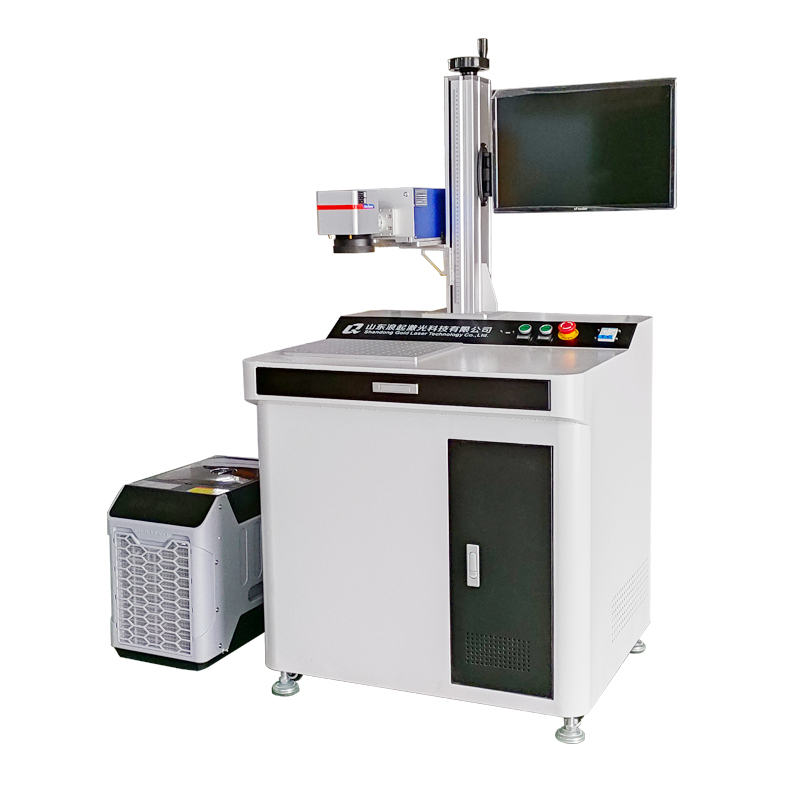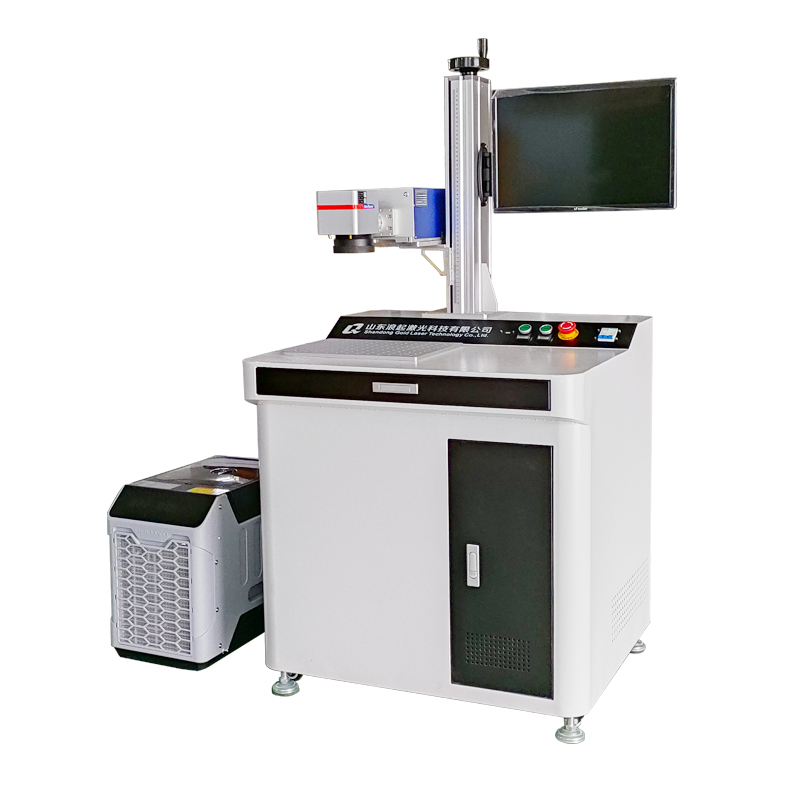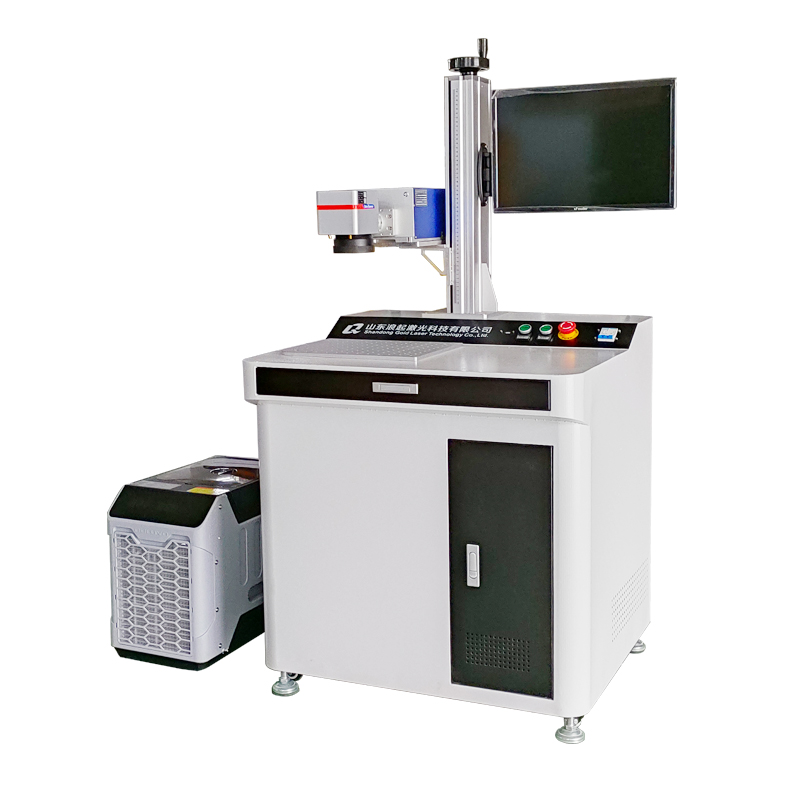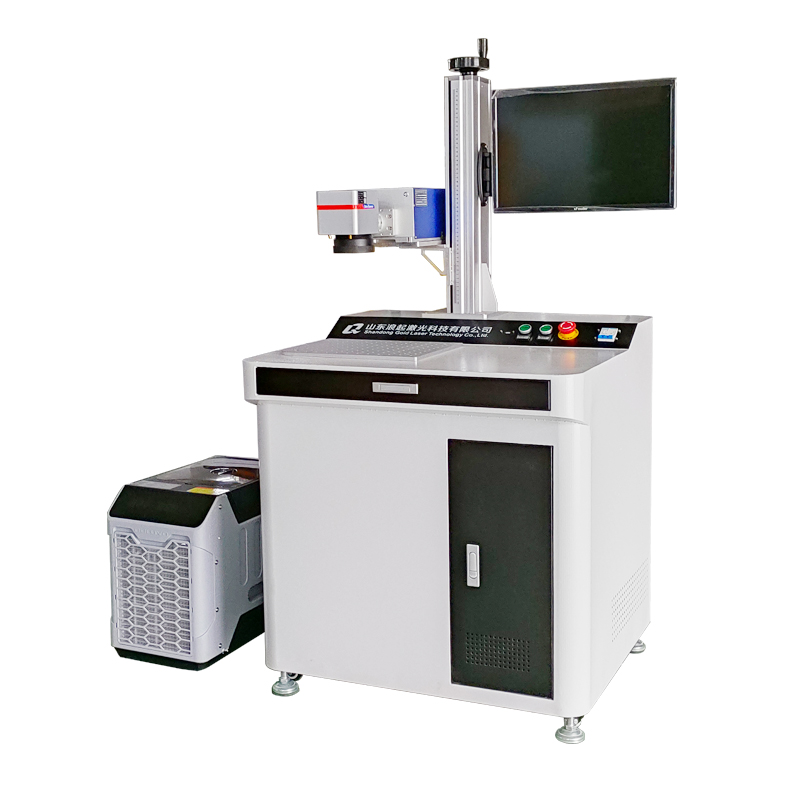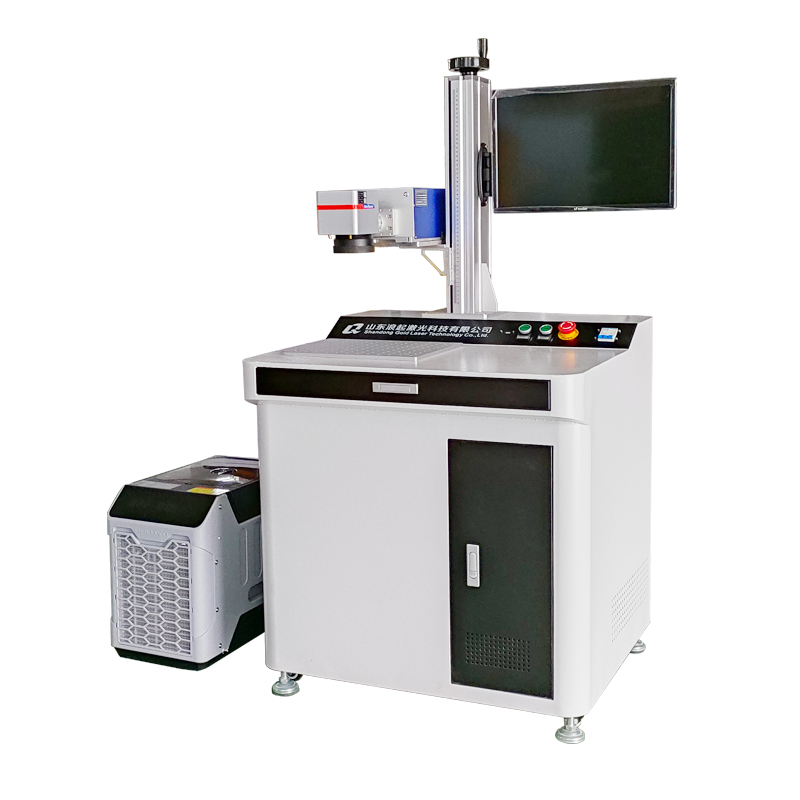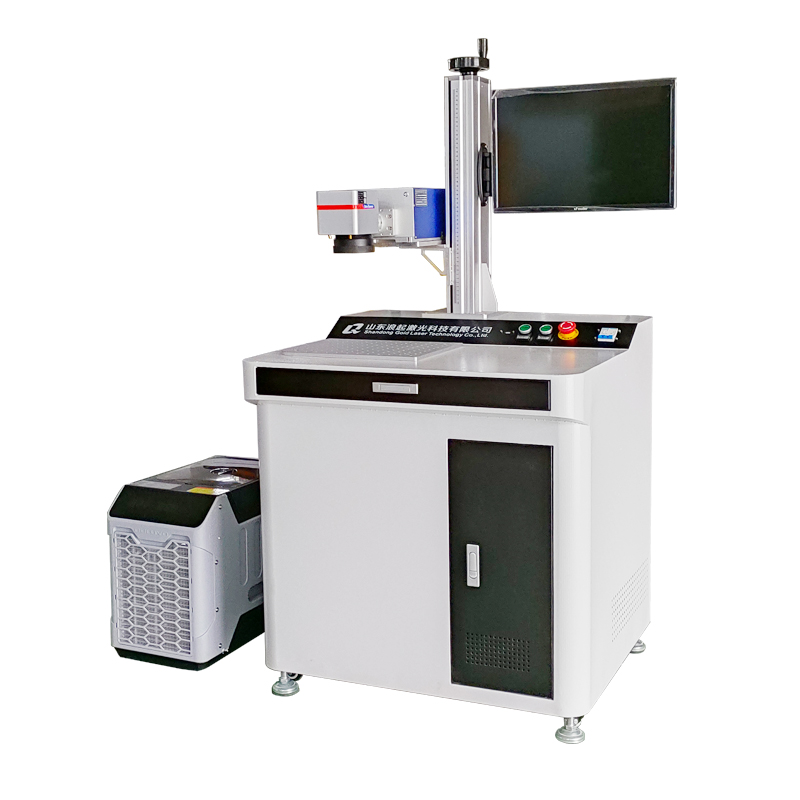The main differences between IR (Infrared) lasers and UV (Ultraviolet) lasers lie in their wavelength, applications, material interaction, and technology. Here is the detailed comparison:
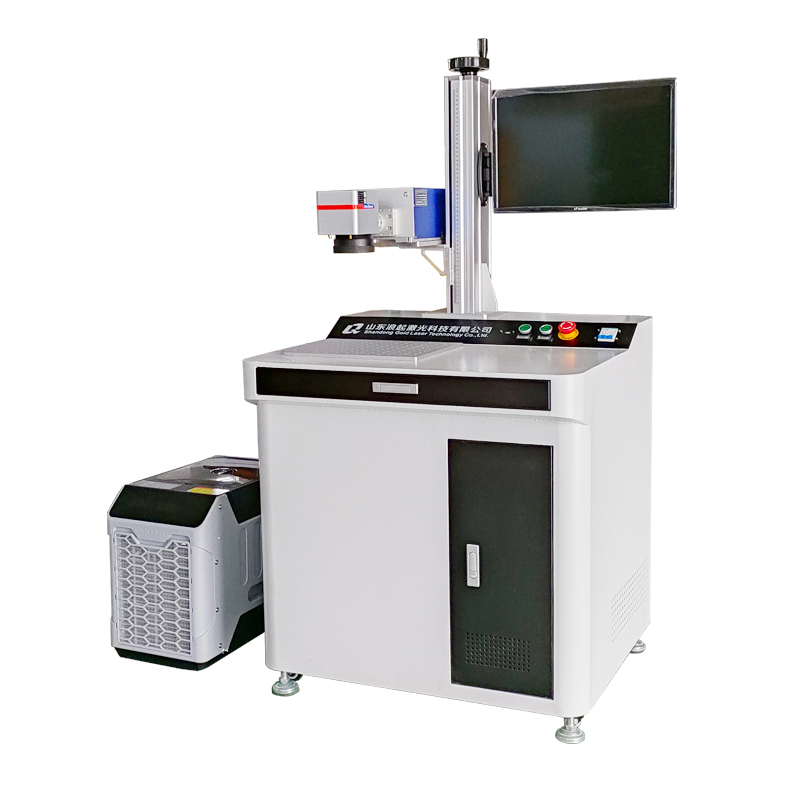
1. Wavelength & Energy
IR Lasers (Infrared, 700 nm – 1 mm)
Longer wavelengths (e.g., 1064 nm Nd:YAG, 10.6 µm CO₂ lasers).
Lower photon energy → less likely to break molecular bonds directly.
Primarily thermal effects (heating, melting, vaporizing materials).
UV Lasers (Ultraviolet, 10 nm – 400 nm)
Shorter wavelengths (e.g., 355 nm, 266 nm, 193 nm excimer lasers).
Higher photon energy → can break chemical bonds (photochemical ablation).
Cold processing (minimal heat-affected zone, precise material removal).
2. Material Interaction
IR Lasers
Good for absorbing materials (metals, plastics, wood).
Can cause melting & charring in sensitive materials.
Used for cutting, welding, engraving, and marking.
UV Lasers
Better for delicate materials (glass, polymers, semiconductors).
Precision micromachining (PCB drilling, medical stents).
Used in electronics, semiconductor lithography, and eye surgery (LASIK).
3. Applications
| Feature | IR Laser | UV Laser |
|---|---|---|
| Common Uses | Cutting, welding, engraving metals | Microfabrication, fine marking, LASIK |
| Precision | Lower (thermal effects) | High (cold ablation) |
| Materials | Metals, thick plastics, wood | Glass, ceramics, thin films, biological tissue |
| Beam Quality | Good for high-power applications | Excellent for fine focus (small spot size) |
4. Technology & Sources
IR Lasers
Solid-state (Nd:YAG, fiber lasers), Gas (CO₂), Diode lasers.
High power (kW range for industrial cutting).
UV Lasers
Excimer lasers (ArF, KrF), frequency-tripled Nd:YAG (355 nm), diode-pumped UV lasers.
Lower power but high precision.
5. Safety Considerations
IR Lasers → Invisible, can cause retinal burns (eye damage).
UV Lasers → Harmful to skin & eyes (can cause cataracts, DNA damage).

